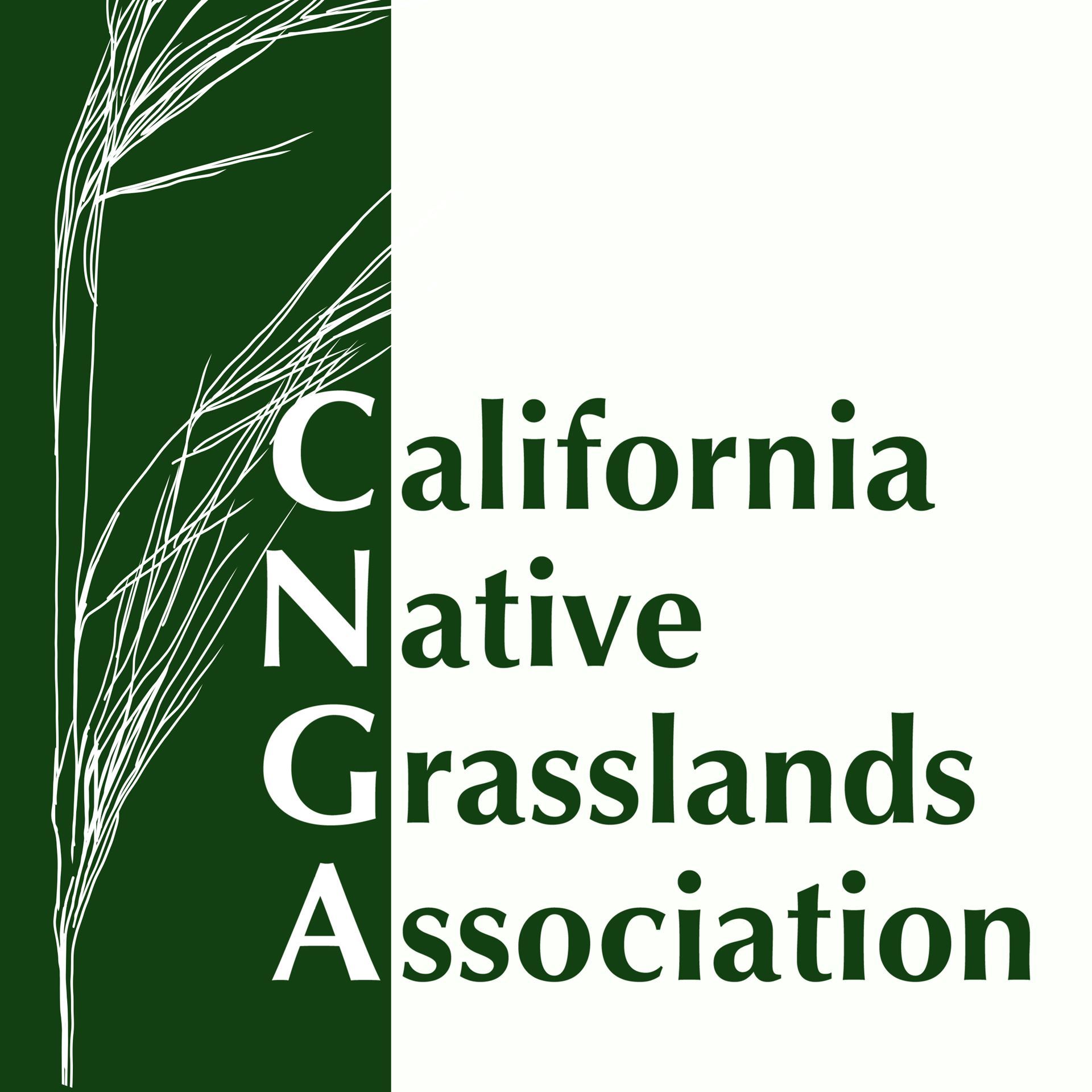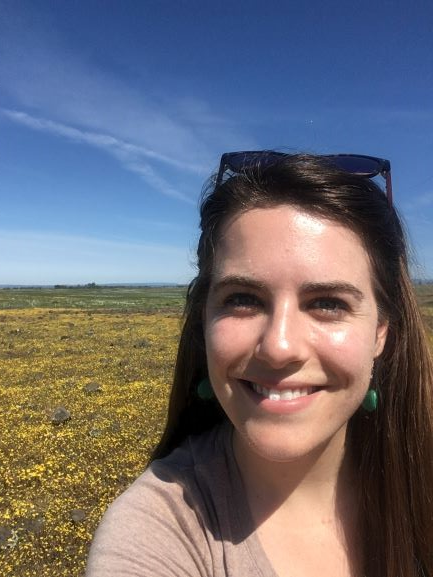
The Only Organization Working Exclusively to Conserve and Restore
California's Native Grasslands
Grassland Research Awards for Student Scholarship (G.R.A.S.S.)
Support the Next Generation of Grassland Researchers |
GRASS Recipients January 2019 – First year of program (In alphabetical order.) |
Sarah Gaffney, UC Davis, 2019 GRASS Recipient Project Title: “Plant soil feedbacks may drive persistence of invasive grasses” Major Professor: Valerie Eviner I am a Ph.D student in Valerie Eviner's lab in the Graduate Group in Ecology at UC Davis with a focus on restoration ecology. I am studying mechanisms of community assemblage in California's highly variable annual grasslands, and their role in medusahead and goatgrass invasion and native restoration persistence. |
CNGA Board of Directors 2020-2021 Meet a Grassland Researcher: Sarah Gaffney. Spring 2020 Grasslands Vol 30(3):8-9 |
Lai E and RO Yang. 2020 Biodiversity loss and phenology in California grasslands. Grasslands Vol 30(2):3-7,9. | Edith Lai, UC Berkeley 2019 GRASS Recipient Project Title: "Lasthenia gracilis flowering in response to declining biodiversity in California grasslands" - Supervisors: Rachael Olliff Yang (PhD Candidate) and David Ackerly (Professor) I’m Edith, a student at the University of California, Berkeley. I study ecology and environmental health with hopes of attending graduate school and continuing down the path of research. My research interests include biodiversity, climate change, community dynamics, and infectious diseases. Currently, I am working on a project investigating the effects of declining biodiversity on phenology in multiple Lasthenia gracilis populations. I hope to clarify population-level differences in flowering responses to environmental stressors. In my free time, I also enjoy baking, playing soccer, and traveling with friends! |
Justin Luong, UC Santa Cruz 2019 GRASS Recipient Project Title: "What Happens to Restored California Coastal Prairies?" Advisors: Drs. Michael Loik and Karen Holl As a Californian native, I slowly migrated up the coast from Irvine to Santa Barbara where I attended college and finally ended up at UC Santa Cruz for grad school. After graduating, I worked for several years on vernal pool, grassland and endangered species restoration. After seeing all the effort and passion that went into restoration, I was curious to learn more about improving current restoration methods and decided it was time to leave the Cheadle Center for Biodiversity and Ecological Restoration and go back to grad school. I am broadly interested in community ecology, restoration ecophysiology and the interactions between plants their environment and humans. I want to further understand how forecasted changes in precipitation will impact future restoration efforts. Currently, I am especially concerned with coastal prairies which are rapidly disappearing even in areas where restoration is mandated for coastal development. I will explore whether past restoration projects have fared, whether they meet their original project goals and how they can inform developing projects. I also am working on improving restoration planting through incorporating plant functional traits and phylogenetics to better adapt projects for climate change. |
CNGA Board of Directors 2021 to present Luong J & ME Loik. 2021. Selecting coastal California prairie species for climate-smart grasslands restoration. Grasslands Vol 31(1):4-9. Luong J, K Holl & M Loik. 2020. Coastal prairie restoration: Choosing plants for success. Art by Lesley Goren. Grasslands Vol 30(4):12-15. |
| Madeline Nolan, UC Santa Barbara 2019 Grass Recipient Project Title: "Are populations of Stipa pulchra adapted to Local Climates?" Major Professor: Dr. Carla D’Antonio. I am a PhD candidate in Ecology, Evolution and Marine Biology at the University of California, Santa Barbara. Her research is focused on the restoration of native grass communities in Southern California. I study how different restoration techniques influence the survivability and growth of native California grasses, such as Stipa pulchra, after being restored. This information will be used to inform and improve grassland restoration projects. |
Nolan M and T Stoakley. 2020. The impact of drought and pocket gophers on restored native perennial bunchgrasses in California. Grasslands 30(3): 3-7,9. Meet a Grasslands Researcher: Maddie Nolan. Grasslands Winter 2020. Vol 30(1): 11-12. |
Daniel Toews, UC Merced 2019 & 2020 GRASS Recipient Project Title: “Using eDNA metabarcoding sequencing to quantify biodiversity in California vernal pool plant communities” Advisor: Dr. Jason Sexton I am a 4th year PhD student in the Environmental Systems Graduate Group at the University of California, Merced. I am advised by Dr. Jason Sexton at UC Merced whose research centers on understanding the vulnerabilities and adaptive responses of plants to a rapidly changing world. My research interests are conservation oriented and focused on understanding the patterns of plant diversity and plant adaptation across complex environments. Specifically, I use a combination of metagenomics (environmental DNA barcoding) and field experimentation to better understand ecological and biogeographical effects that shape plant diversity and local adaptation in vernal pools wetlands. In between extracting plant DNA from environmental samples or measuring vernal pool plant traits, I work as an environmental consultant and have developed somewhat of an obsession with Neostapfia colusana. I enjoy spending time with my wife and twin boys, botanizing, and mountain biking. |
|




